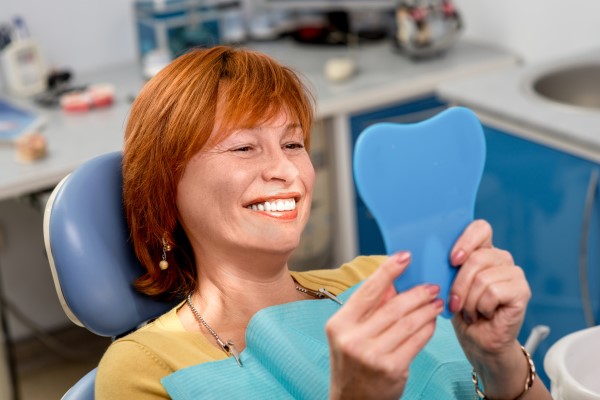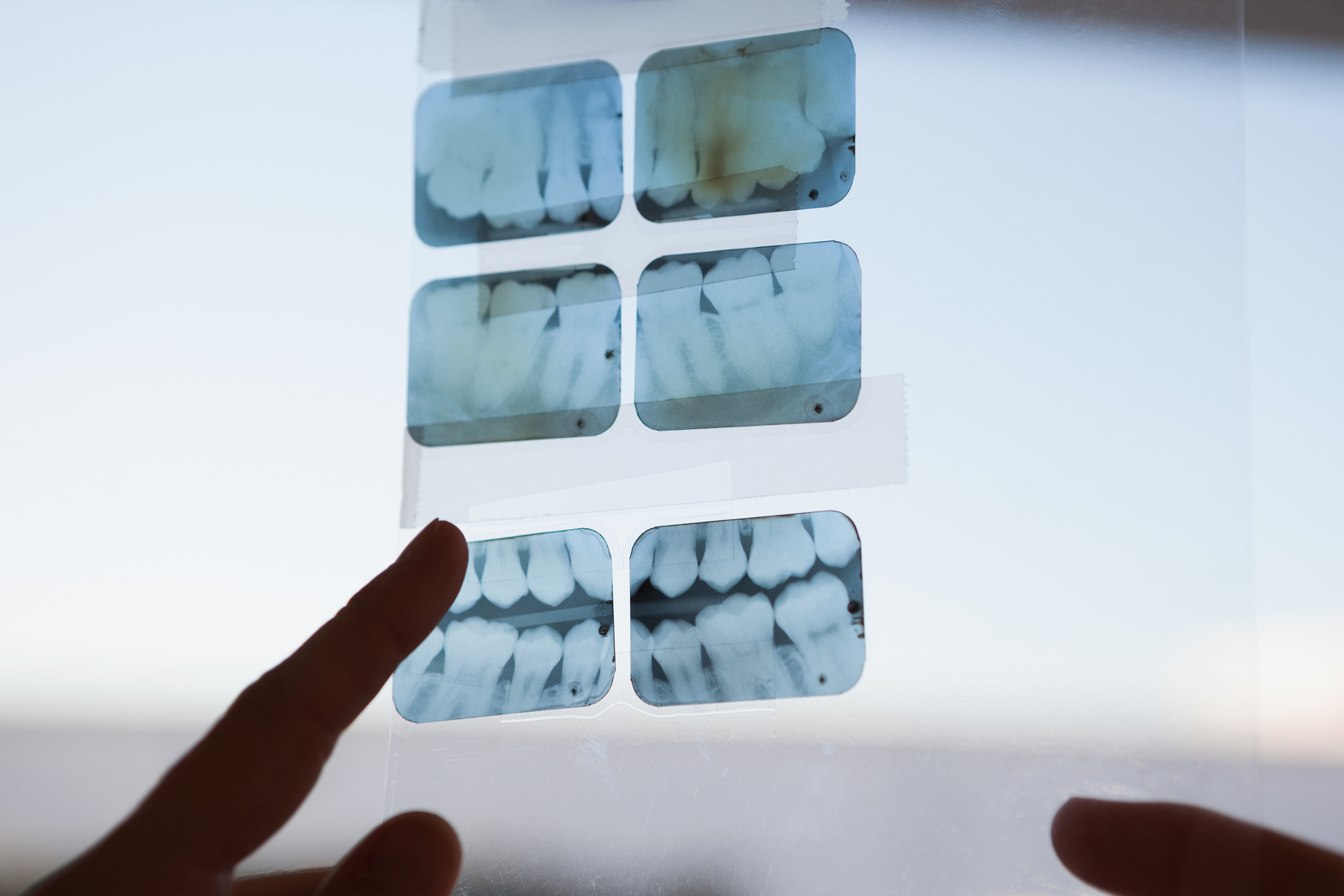Improve Your Smile with a Full Mouth Reconstruction

Misaligned, discolored, and broken smiles can lead to health problems, embarrassment, confidence issues, and broken spirits. A full mouth reconstruction dental procedure can help put the beauty back in your smile and light back into your life. Fully reconstructing the mouth often requires varying dental procedures depending on the issues present before the reconstruction process. In the end, the difference a new smile can make in your life is well worth everything it takes to get it.
What is involved with a full mouth reconstruction?
Many dentists might begin the entire reconstruction process with one or more dental consultations. These consultations might include a thorough physical examination of your teeth and gums, scans and X-rays of your mouth, bite impressions, and a detailed discussion with your dentist about all the procedures you may need to completely restore your smile. Full mouth restoration can involve several different dental procedures, including:
- Fillings
- Inlays and onlays
- Extractions
- Implants
- Crowns
- Bridges
- Dentures
- Veneers
You should consult your dentist for more detailed information about each of these procedures and what to expect during them before you decide to get them. Below is a general overview of these possible full mouth reconstruction measures.
Fillings
Fillings perform exactly as their name implies, as they fill in the space left behind by removing decayed tooth material. Dentists generally remove the diseased tissue and place the filling as part of a single procedure, so fillings usually only require one office visit. Fillings can be gold, silver amalgam, or tooth-colored. Patients often prefer tooth-colored fillings, such as composite resin or glass ionomer, as they help create a more natural-looking smile.
Inlays and onlays
Both inlays and onlays use the same material and are similar to fillings. The main difference is where dentists place them and how long they take to place. Dentists put fillings into the hole left behind by tooth decay removal, whereas inlays and onlays go in and over the tooth cusps to restore look and function. They also often take more than one dental visit to put in place because they are single pieces created in a lab and made specifically for each separate tooth. Finally, inlays generally cover the in-between spaces of the cusps, while onlays cover the entire top of the tooth.
Extractions
Many reconstructions require one or more tooth extractions. Rotten or damaged teeth that dentists consider beyond repair may have to be removed and replaced with artificial dentition to rebuild your mouth efficiently. Extractions usually involve removing the entire tooth, including the roots, to remove the damaged or decayed tissue.
Implants
Implants are artificial root systems that dentists use to replace missing teeth or secure other dental apparatuses. Implant operations consist of embedding a metal post or screw into the jaw bone and then attaching an abutment piece. The abutment can then support a dental prosthesis or remain as is. Implants require sufficient jaw bone material to function correctly, so some may require an additional bone graft procedure to work correctly and stay in place.
Crowns
A crown is an artificial dentition piece that goes over a deformed, damaged, or severely decayed tooth. It covers the entirety of the tooth to restore both its appearance and proper operation. Sometimes crowns serve as the prosthesis piece of dental implants and work to replace a tooth entirely rather than simply cap it over.
Bridges
Bridges also work like crowns to fill in the gaps caused by one or more missing teeth. These artificial dental devices usually attach one or more artificial teeth to surrounding natural teeth or dental implants. Bridges are either permanently fixed in place or removable, depending on the situation.
Dentures
Dentures are another form of artificial teeth. Dentures can be either partial or full sets. Partial dentures replace either only your top or your bottom row of teeth, while full dentures replace all the teeth in your mouth. Dentures are usually fully removable, though they can be fit more securely in the mouth by attaching them to dental implants.
Veneers
Veneers are artificial materials that fit over the entire surface of your teeth to improve the aesthetics of your smile. These thin tooth shells consist of enamel-colored composite or porcelain materials and are generally stain-resistant.
Conclusion
Full mouth reconstruction often involves multiple visits and significant time and money to restore the aesthetics and function of a natural smile. Consult your dentist today to see if full reconstruction is right for you. Though substantial, this process can be well worth gaining back priceless commodities like confidence and good mouth performance in your life.
Request an appointment here: https://www.stgeorgedentalcare.com or call St. George Dental Care at (435) 628-9099 for an appointment in our St George office.
Check out what others are saying about our dental services on Yelp: Full Mouth Reconstruction in St George, UT.
Recent Posts
Brushing and flossing can't fix all dental problems. See if cosmetic dental care is best for your smile.Cosmetic dental care allows patients to receive the dream smile they've always wanted. You can enhance your smile in a variety of ways for a healthier and better lifestyle. Call us for more details today.Cosmetic Dental CareAt St.…
We can improve on any aspects of your smile that you want to change for a better and brighter you.Cosmetic dental care allows patients to receive the dream smile they've always wanted. You can enhance your smile in a variety of ways for a healthier and better lifestyle. Call us for more details today.Cosmetic Dental…
When someone wants to improve the appearance of their smile, a cosmetic dentist may recommend one of a number of treatment options. Cosmetic dentistry consists of procedures that fix minor problems with the teeth, gums, or bite. Some reasons for treatment include crooked, stained, or misshapen teeth; jaw misalignment; or a gummy smile.The type of…
The focus of a cosmetic dentist is on improving the overall appearance of the smile. To achieve this goal, dental professionals employ a variety of common treatments.Some patients seek cosmetic dental procedures due to accident, illness, or trauma that has affected the appearance of the smile. Others want to change the appearance of the mouth…


